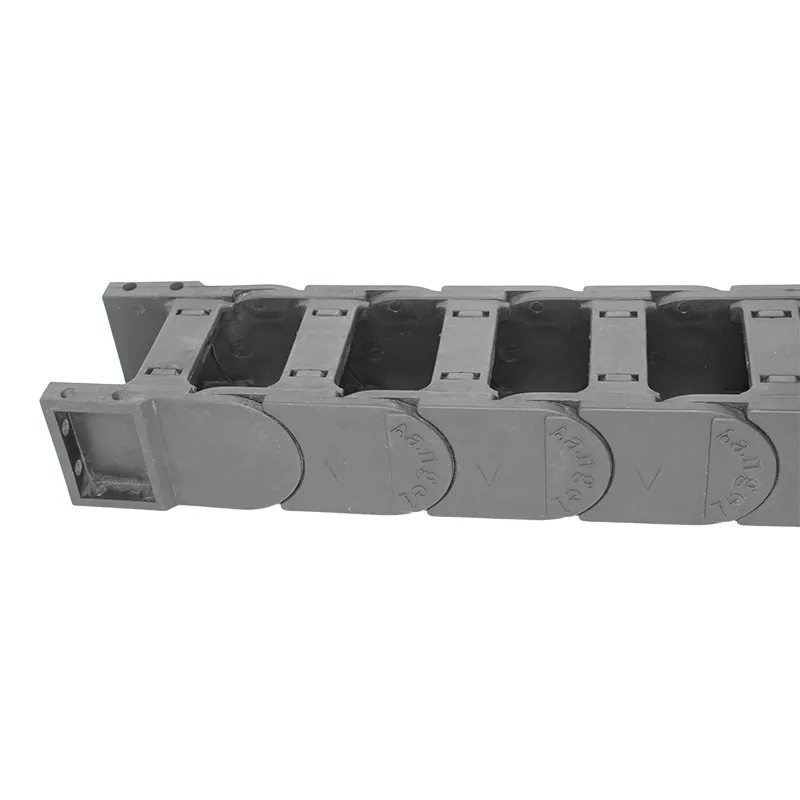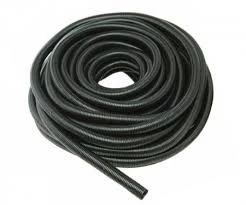synchronous belt pulley
A synchronous belt, often referred to as a timing belt, is an essential component widely used in various industries for its efficiency and reliability in power transmission. Unlike traditional belt systems, synchronous belts utilize a toothed design that interlocks with pulleys, ensuring synchronized motion between connected shafts. This design prevents slippage, thereby maintaining precise timing and reducing operational wear.
The efficiency of synchronous belts lies in their design. The precise tooth geometry minimizes backlash—the loss of motion when gear teeth disengage—ensuring accuracy in repetitive tasks. This feature is critical in environments like robotics, where precision dictates performance and safety. Innovations in belt design continue to push these limits, with manufacturers developing belts capable of withstanding extreme temperatures and harsh conditions without compromising performance. Selecting the right synchronous belt involves understanding the specific requirements of the application, such as load capacity, speed, environment, and desired lifespan. Engineers must consider these factors to ensure optimal belt performance and longevity. Moreover, advancements in technology have led to the development of software tools that assist engineers in selecting and customizing belts for specialized applications. This further enhances the belt's adaptability across various sectors. When it comes to installation, the process must be meticulous to prevent premature failure. Proper tensioning is crucial, as an overtightened belt can cause excessive strain on bearings, while an undertightened one may slip, negating the advantages of the synchronous design. Manufacturers often provide detailed installation manuals and tensioning guidelines to assist technicians in achieving the desired setup. In conclusion, synchronous belts are pivotal in modern mechanical systems, offering superior performance over traditional belt systems. Their role in maintaining precise timing and enhancing operational efficiency cannot be overstated. As technology evolves, the innovation in belt materials and design continues to expand their applications, reinforcing their status as a cornerstone of mechanical engineering excellence. Understanding their operation, maintenance, and innovation is key for industries striving for advancements in precision and efficiency.


The efficiency of synchronous belts lies in their design. The precise tooth geometry minimizes backlash—the loss of motion when gear teeth disengage—ensuring accuracy in repetitive tasks. This feature is critical in environments like robotics, where precision dictates performance and safety. Innovations in belt design continue to push these limits, with manufacturers developing belts capable of withstanding extreme temperatures and harsh conditions without compromising performance. Selecting the right synchronous belt involves understanding the specific requirements of the application, such as load capacity, speed, environment, and desired lifespan. Engineers must consider these factors to ensure optimal belt performance and longevity. Moreover, advancements in technology have led to the development of software tools that assist engineers in selecting and customizing belts for specialized applications. This further enhances the belt's adaptability across various sectors. When it comes to installation, the process must be meticulous to prevent premature failure. Proper tensioning is crucial, as an overtightened belt can cause excessive strain on bearings, while an undertightened one may slip, negating the advantages of the synchronous design. Manufacturers often provide detailed installation manuals and tensioning guidelines to assist technicians in achieving the desired setup. In conclusion, synchronous belts are pivotal in modern mechanical systems, offering superior performance over traditional belt systems. Their role in maintaining precise timing and enhancing operational efficiency cannot be overstated. As technology evolves, the innovation in belt materials and design continues to expand their applications, reinforcing their status as a cornerstone of mechanical engineering excellence. Understanding their operation, maintenance, and innovation is key for industries striving for advancements in precision and efficiency.








